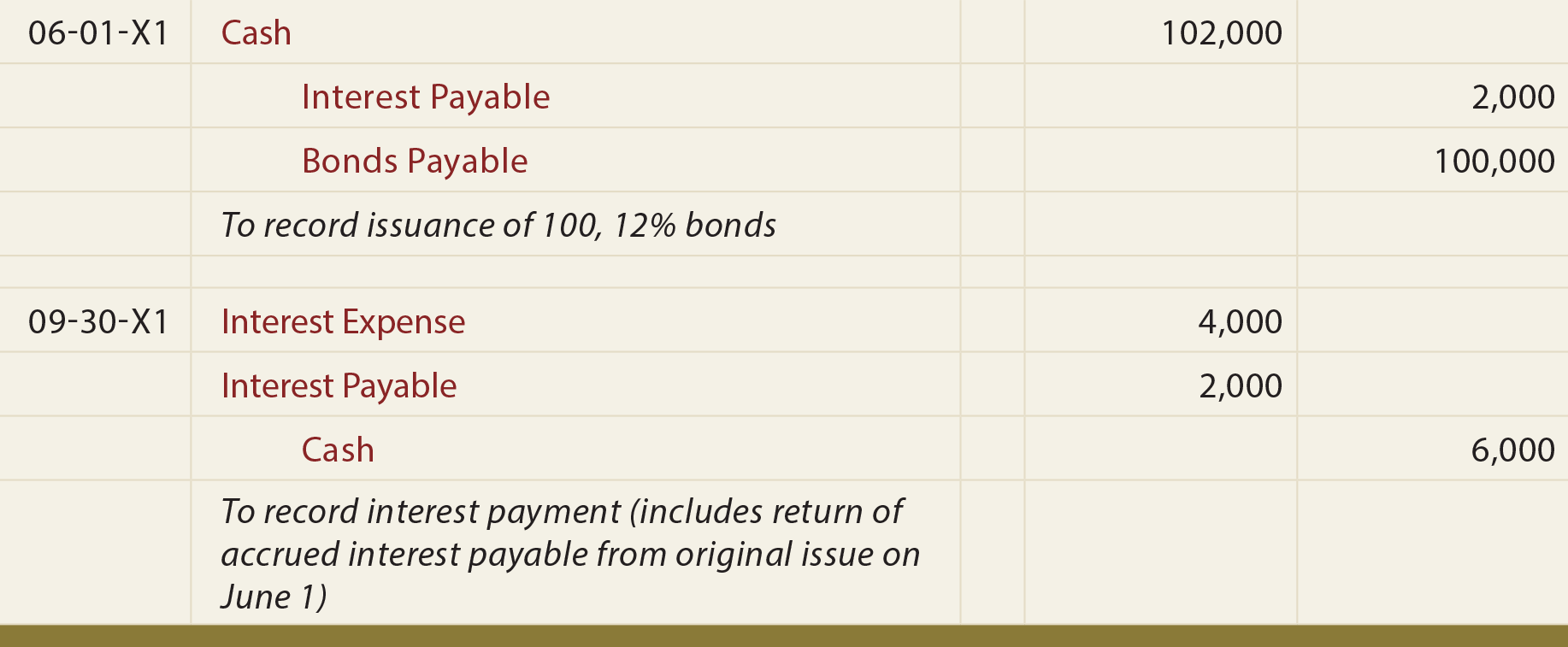Существуют формулы и методы, 4u заголовки которые эффективно срабатывают для создания продающих заголовков. Мы поделимся приемами, которые помогут создать эффективный заголовок. Существует шесть основных принципов создания заголовка. Давайте рассмотрим, каким должен быть заголовок, чтобы эффективно выполнять свои функции.
Заголовки Title и H1 – что это и как их правильно составлять

Это непроизвольное внимание первично, оно сменяется произвольным, контролируемым сознанием. Восприятие информации облегчается, если она вызывает ассоциации с прежним опытом человека, с сегодняшними проблемами, с потребностями и интересами. Подобные слова в психологии называют триггеры – «крючочки», вытаскивающие из памяти значимые образы и подталкивающие к действию.
Про Заголовок. Что это, почему он так важен и как его правильно составить
Проблема начинается в основном при отображении в разных каналах. Вот, например, очень длинный заголовок на сайте среди коротких. Хорошая проверка заголовка — представить себя на месте читателя и задать вопрос «И что? Может, в одном из решений планируют выделить больше денег в детский сад, а значит, туда купят новое оборудование, которого больше нигде в городе нет.
Что такое заголовок и подзаголовок
Заведите собственный блог или найдите площадку, где можно поставить несколько экспериментов – провести исследование эффективности разных методик. Не бойтесь ошибаться в начале, каждая ошибка, это ценный опыт, приближающих вас к заветной цели – профессионализму. Но это приходит с опытом, а новичку рекомендуется запомнить самые общие факторы, влияющие на то, как заголовок воспринимается читателем. Эффективный заголовок наилучшим образом выполняет свою основную задачу в статье.

Как писать заголовки к разным текстам – общие правила
Title – это заголовок страницы сайта, а H1 – статьи. Эти два заголовка могут совпадать по содержанию, но не должны дублировать друг друга. Во вкладке браузера или в закладках отображается Title, статья же начинается с заголовка H1.
Продающий заголовок – классическая формула 4U
Если статья шутливая, то все заголовки должны содержать шутливые нотки, если серьезная — шутка в одном из подзаголовков может быть неуместной. Такую же функцию выделения можно найти и в обычных текстовых редакторах, только стоит проверить, корректно ли она будет отображаться в конкретной админке сайта. Чем больше вы будете практиковаться в написании заголовков и подзаголовков, соответствующих этим примерам, тем легче вам будет создавать их эффективно. Изучите примеры, затем начните писать, и вскоре вы станете экспертом в создании эффективных подзаголовков и заголовков. Тем не менее, написание подзаголовков и заголовков не всегда легко.
- По его словам, с помощью искусственного интеллекта российские СМИ даже умудряются «заставить его говорить по-русски, сохраняя при этом акцент».
- Если заголовок набран прописными буквами в несколько строк, междустрочные пробелы в нем требуется увеличить на 2 п.
- Подходы создания заголовка одинаковы для текстов различных видов копирайтинга.
- Изучите эти примеры заголовков и подзаголовков, чтобы сделать свои собственные еще более эффективными.
Лучше всего, если вы сможете уместить 70 знаков с пробелами. Это также важно с точки зрения позиционирования. Поисковые системы не будут отображать полный заголовок, если вы превысите максимум 600 пикселей.

Что такое заголовок и 9 способов сделать его цепляющим
Расскажем, каким должен быть заголовок, чтобы привлекать и удерживать внимание читателя. Одной из основных функций заголовков в русском языке является упрощение навигации пользователей. Заголовки позволяют структурировать текст и выделить важные секции, что помогает читателю быстро ориентироваться и осуществлять переходы к нужным частям текста. Правильный заголовок в первую очередь будет соответствовать тексту.
Лучшие названия нередко связаны с двумя или всеми этими элементами одновременно. Подзаголовки вставляются после 5 – 8 сантиметров текста. Первый параграф обычно не имеет отдельного подзаголовка. По самой своей природе заголовок относительно краток. Хорошо воспринимается сообщение до 10–25 слов – так называемая «полная фраза». Считается, что более длинные воспринимаются хуже.
Например, “Тексты Анатолия Афанасьевича спасли сотрудников фирмы “Антар” от сокращения”. Наши инструкции помогут составить портрет целевой аудитории и определить потребности потенциальных клиентов. Главный прием кликбейта — разбудить простые эмоции, такие как зависть, любопытство, жажда развлечения. Внутри статей тоже можно ориентироваться по заголовкам, но уже второго и третьего уровня.
Различные типы заголовков несут в статье разное значение, и разные руководства по написанию требуют разного форматирования. Составляя заголовки, демонстрируйте результаты. Время, потраченное на написание интересного заголовка, обязательно принесет свои плоды.
Успех заголовка особенно важен для коммерческой деятельности. Иногда люди, увидевшие название, уже хотят купить продукт. Классификация заголовков помогает не запутаться в многообразии, выбрать подходящий по стилю, информативности, объему.
Там же не один миллион страниц предложат посмотреть. Разве что потребности и интересы у человека какие-то совсем уж специфические, тогда любой текст может попасть в поле его внимания. К тому же у читателя очень большой выбор, и чтобы наш текст прочитали, его заголовок должен выполнять сразу несколько функций. Но современное информационное пространство содержит такой объем и разнообразие текстов, что пользователям просто некогда читать столь пространный описания. Пишет информационные и продающие статьи без переспама, воды и канцеляризмов.
Именно от заголовка зачастую зависит, будет ли человек читать текст или пропустит его. Пользователю проще найти статью на сайте или в блоге, если у каждого материала есть понятный заголовок. Для этого в названия статей вставляют ключевые слова. Заголовки и подзаголовки — это мощные инструменты, позволяющие людям прочитать то, что вы написали, но вы должны правильно их использовать. Они должны быть краткими, содержательными и согласовываться друг с другом.
IT курсы онлайн от лучших специалистов в своей отросли https://deveducation.com/ here.













